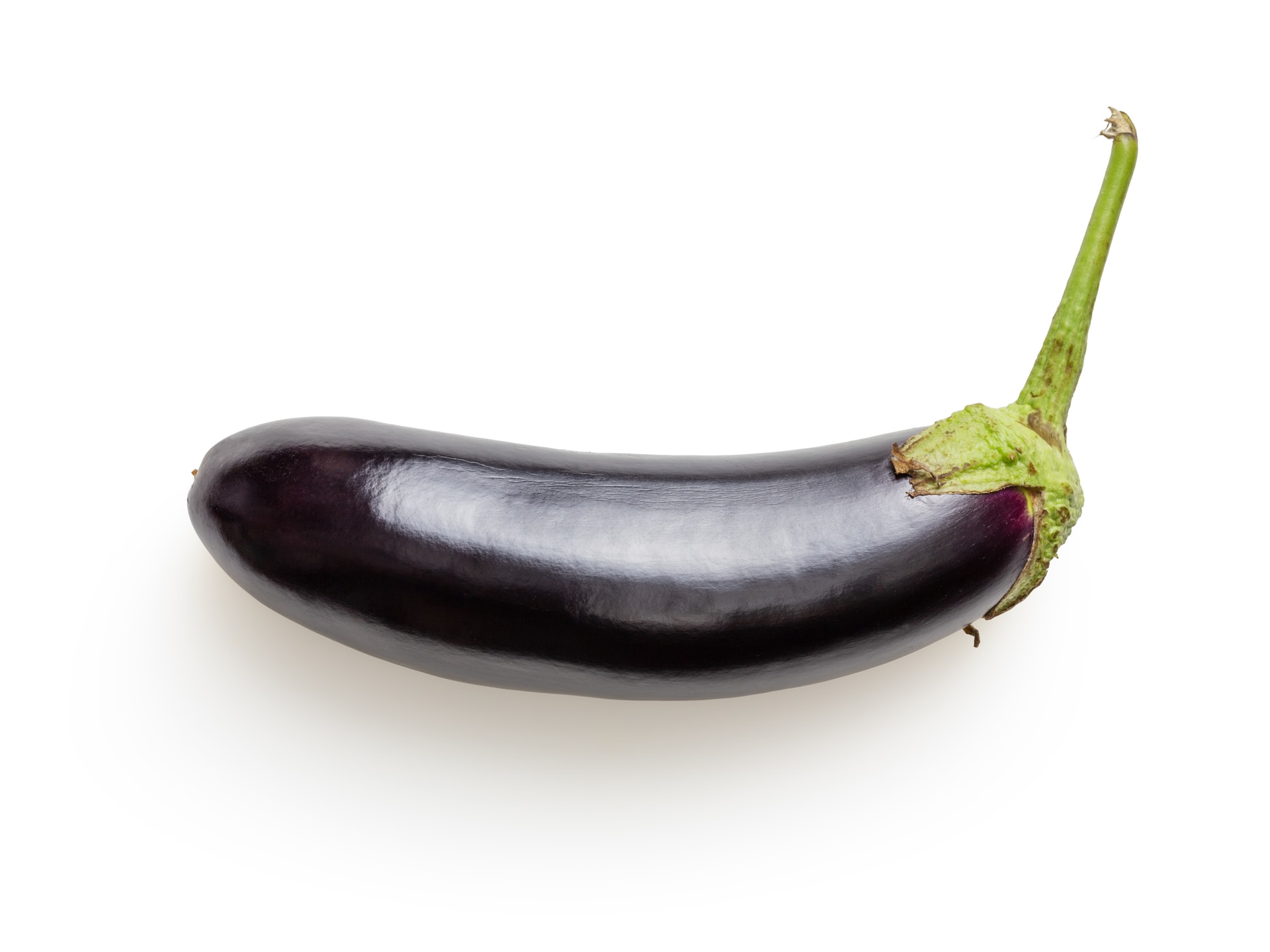If the soil planned for eggplant production has a low humus content, it is recommended to fertilize it with organic fertilizers to improve soil structure, achieve favorable water-air balance, and enhance microbiological activity.
Soil Preparation for Eggplant
If no winter or early spring crop was grown on the plot designated for eggplant cultivation, the soil should be plowed to a depth of 30 cm in the fall. In the spring, the furrows are closed by discing, and the soil is further refined by tilling to a fine granular structure at a depth of 10 – 15 cm.
It is important to ensure that there is no rainfall between tilling and the creation of planting beds. This is because finely tilled soil can lose its structure and texture, leading to soil compaction, which hinders the formation of planting beds. Sowing seeds or planting seedlings on prepared beds is always preferable to flat surfaces, as the soil on beds warms up more quickly and provides better aeration of the entire sowing layer.
On large production areas, planting beds are made using a special bed-forming machine. Measurements should be taken on the plot to ensure that the beds are as level as possible, especially the first in the row, as each subsequent bed will align with it. The height of the bed should be between 15 – 25 cm, and the width depends on the type of PVC film used. For single-row film, with a width of 120 cm and a hole spacing of 20 cm, the top width of the bed should be 30 to 50 cm. For double-row film, with a width of 130 cm and a hole spacing of 30 cm, the top width of the bed should be 40 to 60 cm.
Drip irrigation pipes are installed during the bed-making process, before laying the PVC film, using an automated system. The bed-forming machine has holders for the irrigation pipe rolls. The irrigation pipes are connected to the main water supply (polyethylene pipe) using connectors with valves on one side of the bed. At the other end, a knot is tied to prevent water leakage.
The use of polyethylene (PE) film as mulch in vegetable farming has multiple advantages, including in eggplant cultivation. The most commonly used films are black, but transparent and white films (white on one side, black on the other) are also used. PE films in other colors (brown, yellow, silver, green) are less commonly used.
Advantages of Using PE Films:
- Earlier Harvest: The elevated soil temperature under the PE film promotes more intensive growth and development, leading to an earlier harvest. Using black film can result in an earlier harvest by 7 to 14 days, while transparent film can advance it by up to 21 days.
- Reduced Evaporation: Evaporation is reduced under the cover, resulting in higher and more uniform soil moisture compared to uncovered soil. Although covering the soil preserves moisture, installing drip irrigation under the film is essential for successful cultivation.
- Weed Control: The use of black or black-and-white film prevents sunlight from reaching the soil, inhibiting weed growth and development. Under transparent film, weeds may sprout, but the high temperature beneath the film hinders their further growth.
- Reduced Nutrient Leaching: As drip irrigation systems are typically used under the cover, necessary nutrients can be supplied near the root system through fertigation. This reduces nutrient leaching into deeper soil layers and groundwater due to heavy irrigation or rainfall.
- Reduced Soil Compaction and Crust Formation: The soil under the film remains loose and well-aerated. This is because only the areas between the film strips are used for passage, and heavy rains do not disrupt the soil structure. Roots have adequate oxygen for growth and development, and the soil maintains good microbiological activity.
- Cleaner and Healthier Produce: Crops grown under cover are cleaner and less susceptible to pest attacks since there is no contact with the soil. If the surface is not covered, fruits (e.g., pickling cucumbers, strawberries) develop on the soil, which promotes disease development. During heavy rains, soil particles can splash onto the plants or fruits, reducing quality.
- Intensified Growth: Covering film is almost impermeable to carbon dioxide, essential for photosynthesis. As the CO2 level rises beneath the cover, it exits through the openings where the plants are placed, positively affecting the intensity of photosynthesis upon contact with the leaves.
A disadvantage of using PE film is the removal and disposal of the film and the higher initial investment.
Fertilization of Eggplants
Apply 5 – 10 t/ha of manure to the soil. If manure is intended to provide a certain amount of nutrients for the eggplants, 20 – 40 t/ha should be applied.
For basic fertilization before planting seedlings, choose mineral fertilizers that do not contain chlorine. On less fertile soils, apply 600 kg/ha NPK 5 – 20 – 30 + 26 SO3 or 750 kg/ha NPK 7 – 14 – 21 + 2 MgO + 18 SO3. To prevent leaf deformation and plant drying, add 150 kg/ha Urea 46% N along with the NPK fertilizers.
Top-dressing is performed 2 – 3 times with 150 kg/ha KAN (27% N) + 4.8 MgO. The first top-dressing is done after the plants are well-rooted, and the second when the first fruits are the size of walnuts.
If the soil is acidic, liming is done with hydrated (construction) lime at a rate of 1 – 3 t/ha to a depth of 30 cm, applied for the preceding crop.













































